Watering new grass seed properly ensures your lawn grows into a lush green carpet. However, knowing how often to water new grass seeds can be tricky.
Watering too much can lead to overwatering, which can cause the seeds to rot while watering too little can cause the seeds to dry out and die.
This article will discuss how long to water new grass seeds to ensure you get the best results from your lawn.
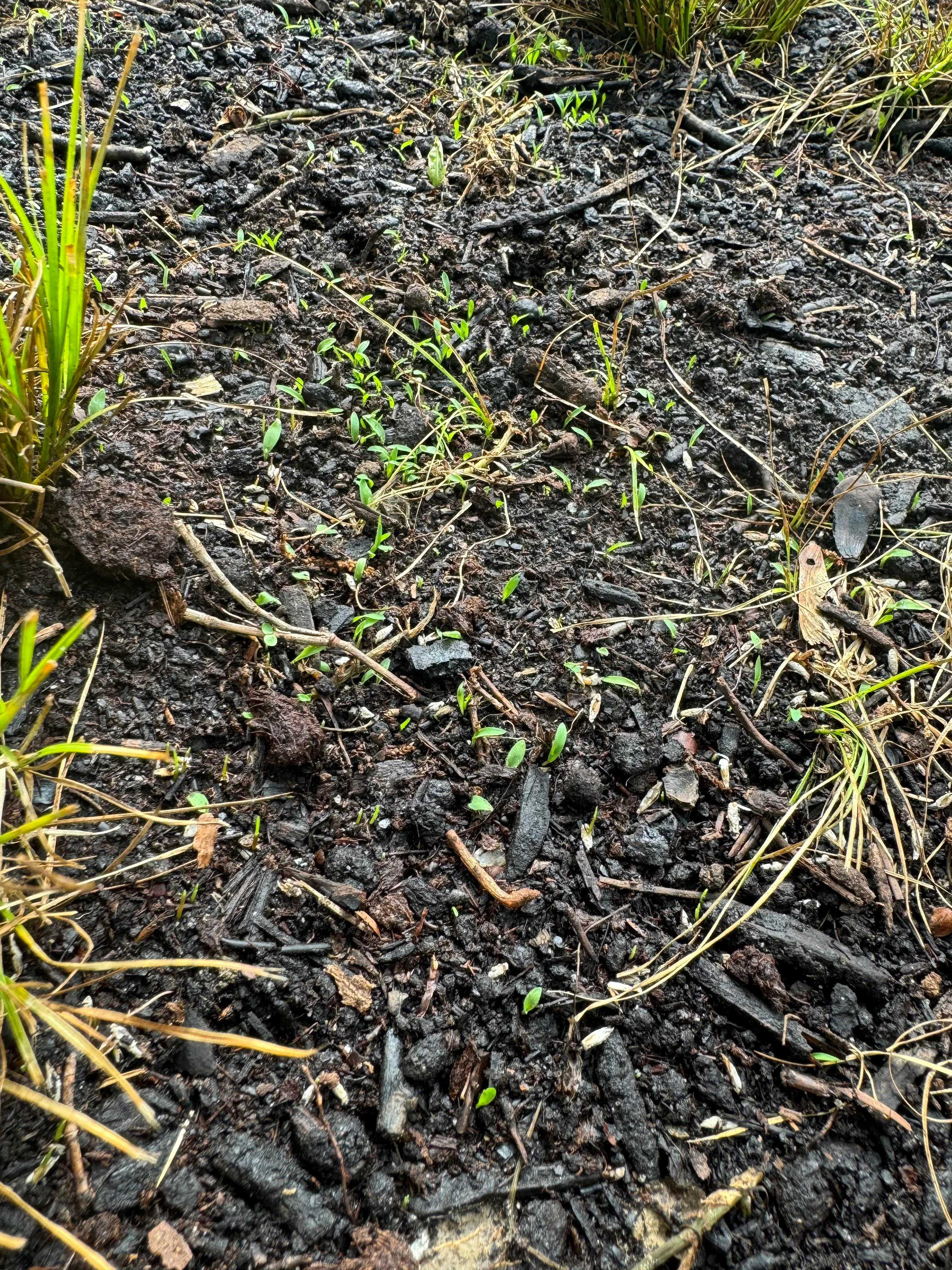
When you plant grass seed, it's essential to understand the germination process. The germination process is when the seed grows and sprouts into a new plant.
This process can take anywhere from 5 to 30 days, depending on the type of grass seed, weather conditions, and soil quality.
During the germination process, the seed absorbs water and begins to swell. The seed coat then splits open, and the root emerges from the seed.
The root will then grow into the soil, while the shoot will grow towards the surface.
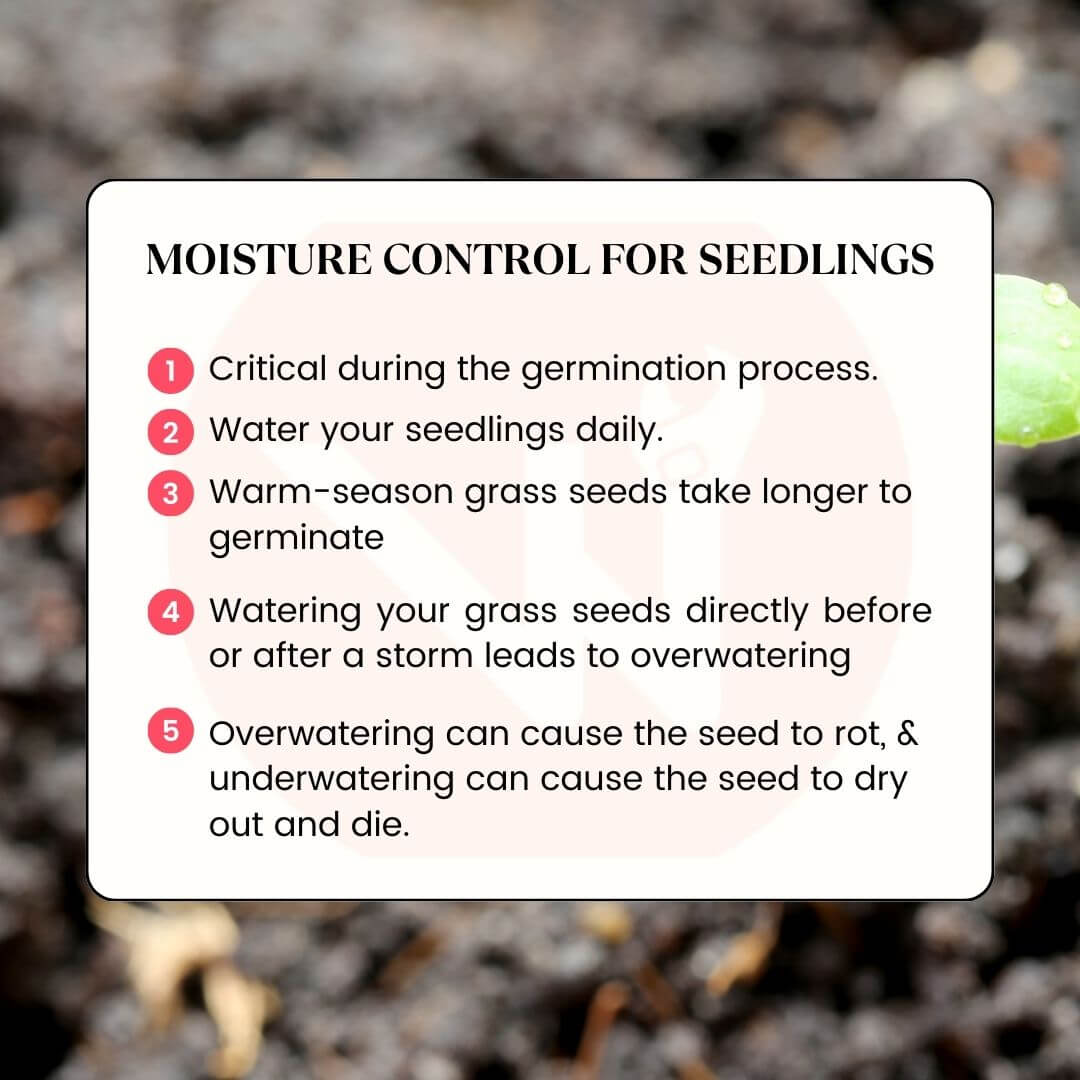
Understanding the germination process and controlling moisture can help ensure that your new grass seed grows into a healthy and lush lawn.
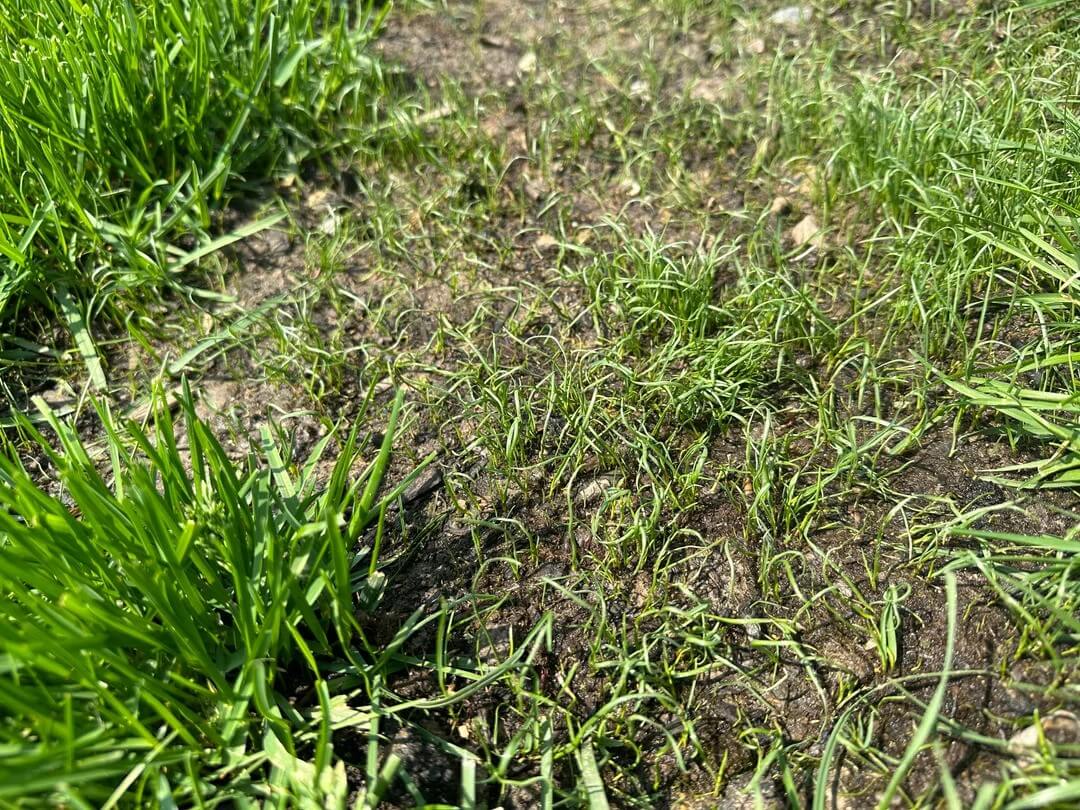
When it comes to watering newly seeded lawn, there are a few techniques and schedules you should follow to ensure optimal growth.
This section will cover the initial watering, deep watering for root growth, and adjusting the watering schedule based on environmental factors.
Wondering how much water does new grass seed need?
Immediately after planting new grass seed, you should water the area for 5 to 10 minutes to gently moisten the first several inches of soil. This will help prevent the topsoil from drying out, especially in warm or windy conditions.
It would help if you watered the area several times daily to keep the soil moist during the initial weeks. This frequent, light watering will help the seed germinate and establish roots.
Once the grass grows, you should switch to deep watering. Deep watering encourages the roots to grow deeper into the soil, making the grass more drought-resistant.
You should water the area thoroughly, making sure the water penetrates at least 6 to 8 inches into the soil.
You can use a screwdriver to check the earth's moisture and ensure the water is distributed evenly. Deep watering should be done once a week or more frequently during hot, dry weather.
It is essential to adjust your watering schedule for new grass seed based on environmental factors such as:
Here are some important tips on how to keep grass seed moist:
Following these watering techniques and schedules ensures that your new grass seed grows strong and healthy.
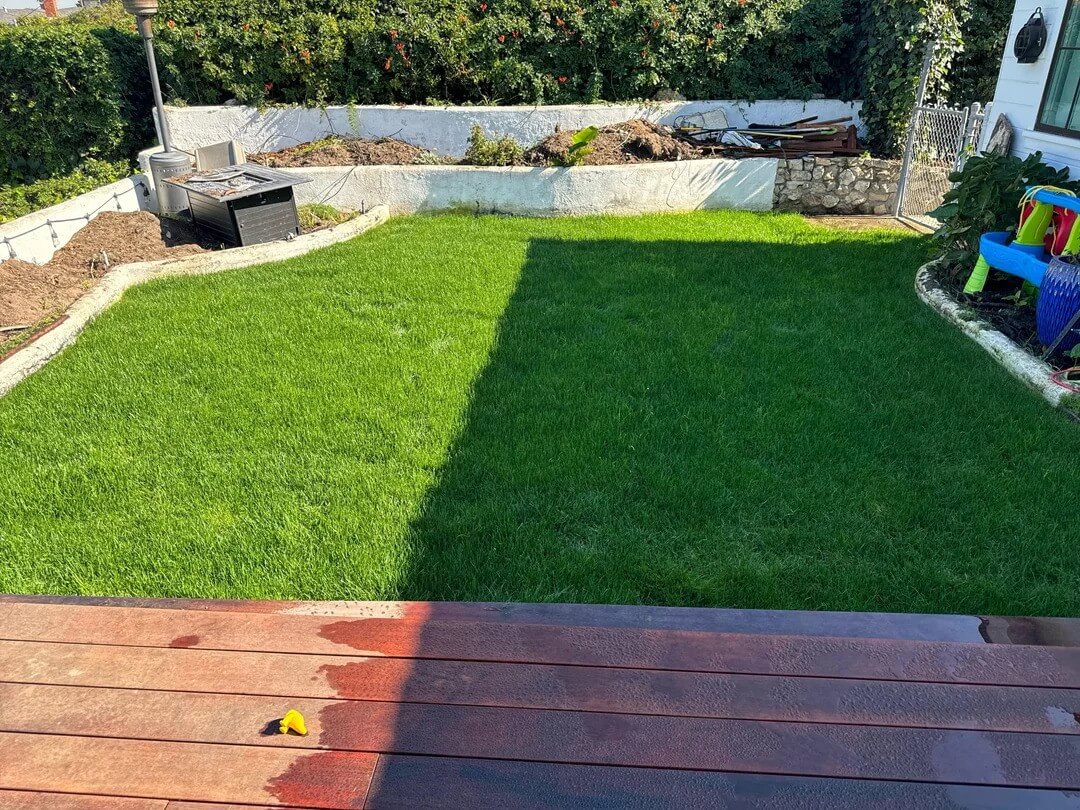
When it comes to watering your new grass seed, managing and monitoring moisture levels is crucial for optimal growth. Here are some tips to help you keep your soil moist and your grass seed healthy.

To ensure that your grass seed is getting enough water, you need to monitor the moisture levels in your soil. One way to do this is to use the screwdriver test. Simply stick a screwdriver into the soil and see how far it goes.
If it goes in quickly, your soil is moist enough. If it's easier to push in, your soil is too dry and needs watering.
Another way to monitor soil moisture is by using a soil moisture meter. These tools can give you an accurate reading of the moisture levels in your soil. You can purchase one at your local garden center or online.
There are several moisture management tools available that can help you keep your soil moist and your grass seed healthy. Here are a few examples:
Using these moisture management tools and monitoring your soil moisture levels can help your new grass seed grow strong and healthy.
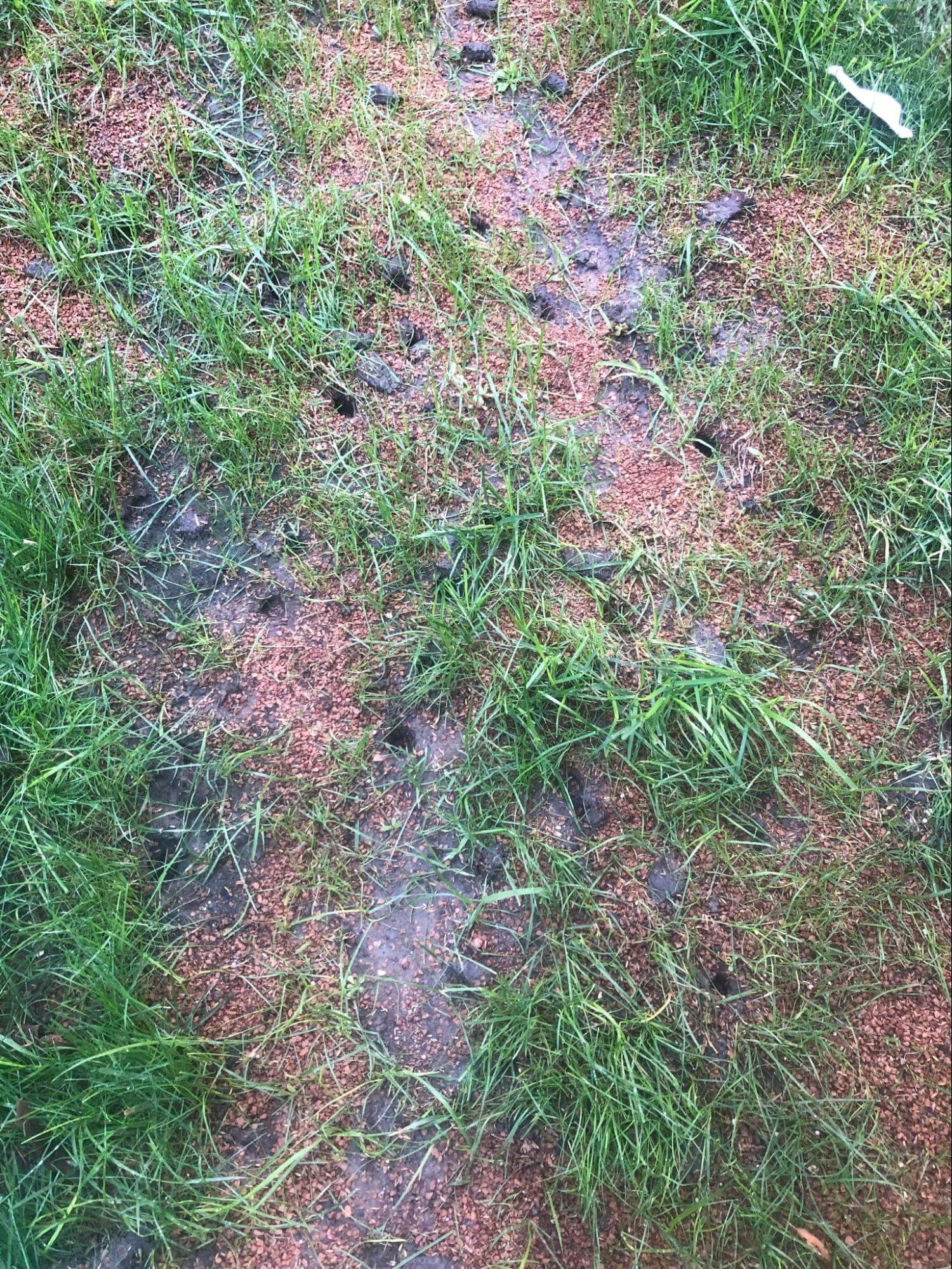
When watering new grass seed, you must remember that proper watering techniques are critical to ensure healthy root development.
Overwatering can lead to shallow root growth, making your lawn susceptible to drought and other stressors.
Gradually reducing watering as grass matures is essential to encourage profound root growth.
As your grass grows and matures, you should gradually reduce the watering frequency. This process encourages the development of deep roots that are better equipped to withstand drought conditions.
You can start by reducing the watering frequency from two or three times daily to once daily. Once your grass has established a deep root system, you can reduce watering to every other day or twice a week.
Deep watering is essential to encourage deep root growth. Watering your grass for longer periods of time, less frequently, will help ensure that the water reaches the roots.
This method promotes deep root growth and helps your grass develop a stronger root system.
It is important to note that the amount of water your grass needs will vary depending on soil type, weather conditions, and the grass you have planted.
Generally, it would help if you aimed to water your grass for about 5 to 10 minutes per watering session in the early stages.
Gradually increase the time as your grass matures and adjust as necessary based on the above mentioned factors. Following these tips ensures your new grass seed develops a healthy root system, providing a solid foundation for a lush, green lawn without over watering grass seed.
One of the most common questions people have about watering new grass seed is whether you can walk on grass seed. The answer is that it depends on when you planted the seed and how much water you've given it.
If you've recently planted the seed, it's best to avoid walking on the lawn until the grass has had a chance to take root. This usually takes about two to three weeks. During this time, the grass is fragile and can easily be damaged by foot traffic.
Once the grass has started to grow and has been watered a few times, it's usually safe to walk on it. However, you should still be careful and avoid heavy foot traffic until the grass fully matures.
Another concern people have when watering new grass seed is the risk of overwatering. Overwatering can cause problems, including root rot, mold, and fungal diseases.
To avoid overwatering, it's essential only to water your grass seed when needed. You can check the soil's moisture level by sticking a screwdriver into the ground.
If it goes in quickly, the soil is moist enough. If pushing the screwdriver is challenging, the soil is too dry and needs water.
It's also important to water your grass seed sparingly. Most experts recommend watering the grass seed once or twice daily for the first few weeks, then gradually reducing the frequency as the grass matures. This will help the grass develop strong roots and establish a healthy lawn.
To summarize our discussion on how long to water new grass seed here are some important tips you should remember:
Keep these important tips in mind to ensure that your grass seed watering is done the right way!